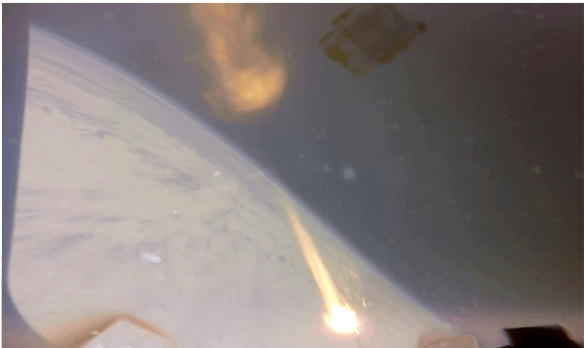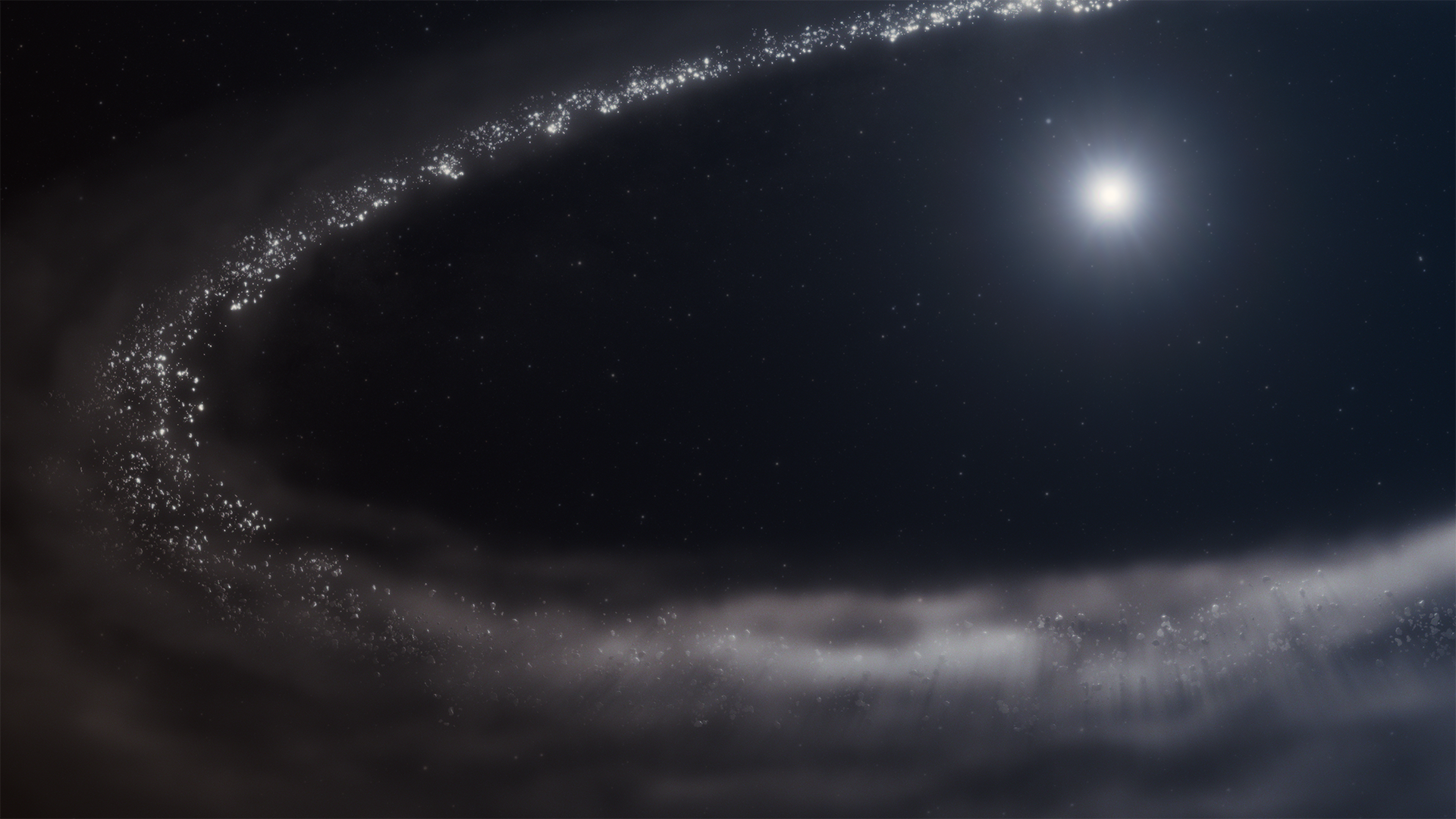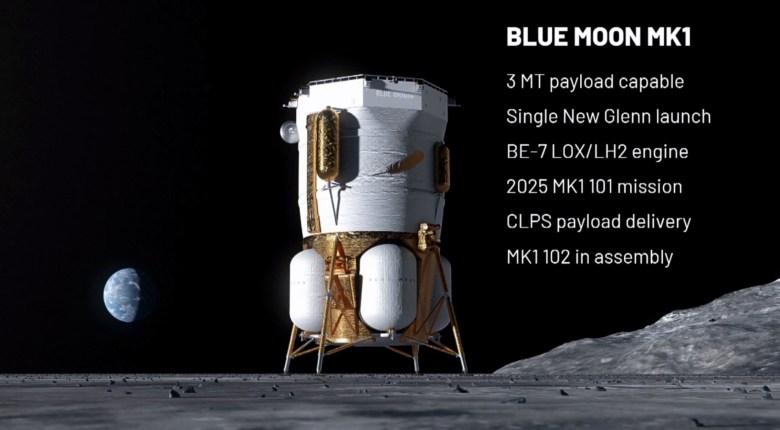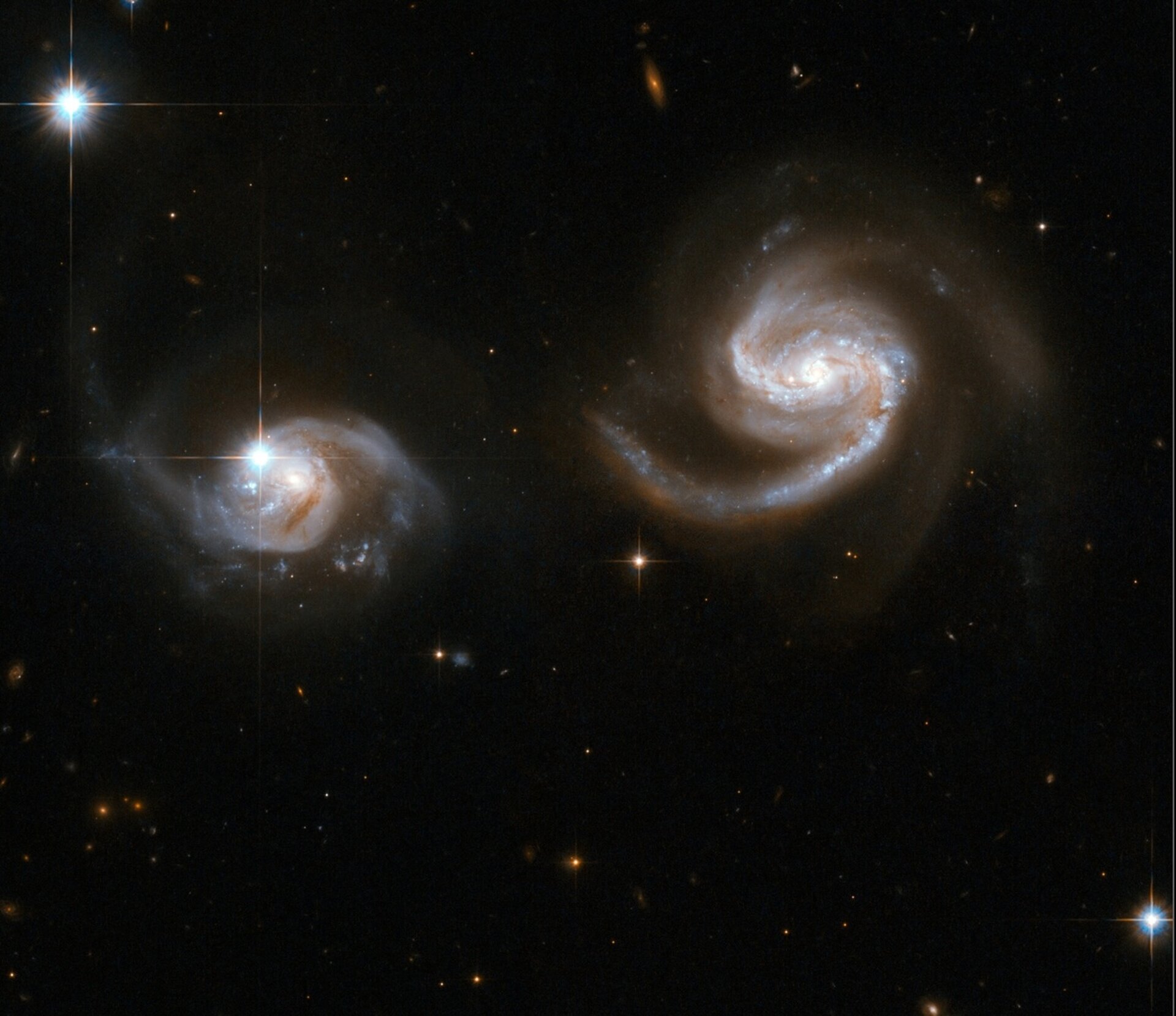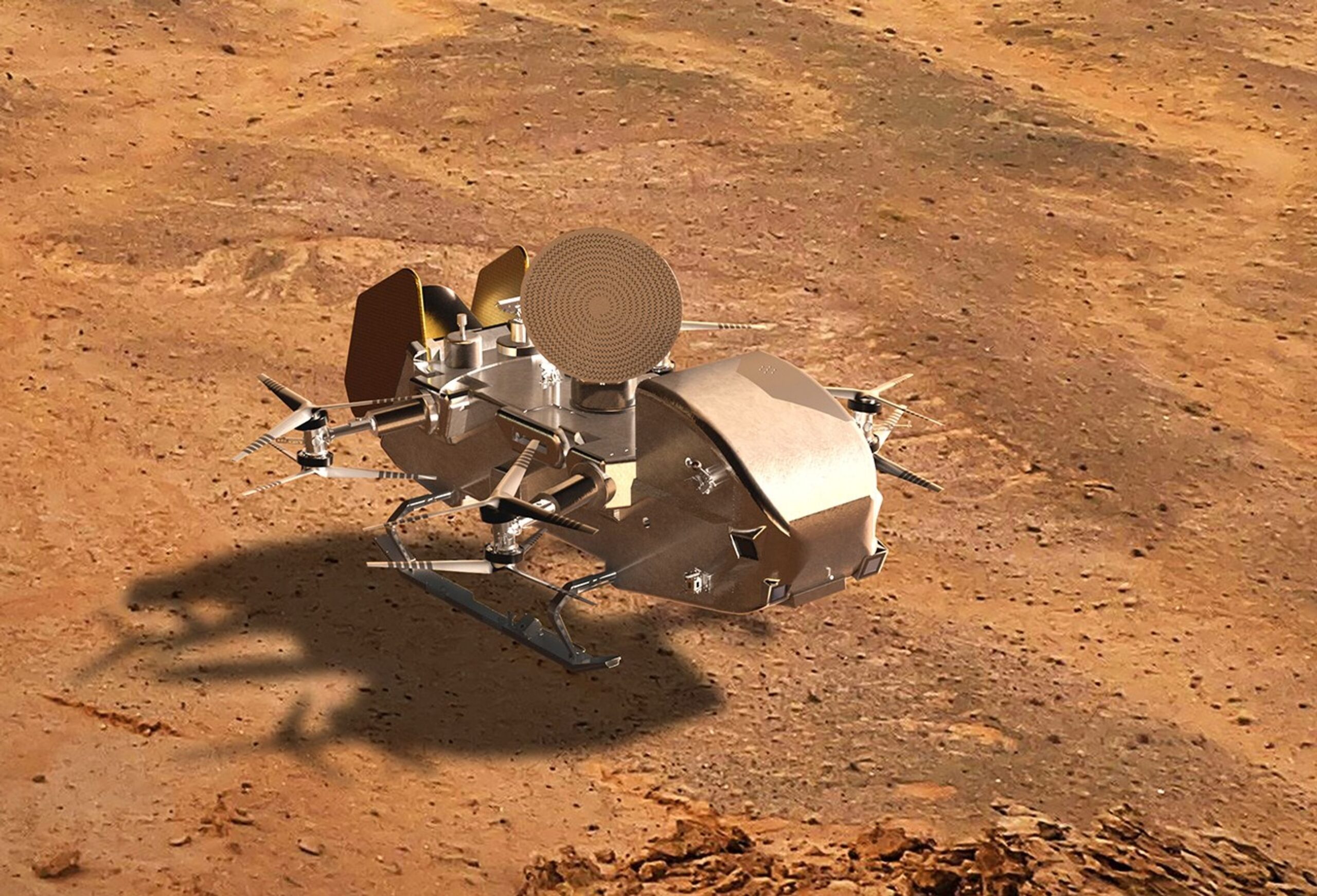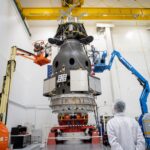NASA’s uncrewed Artemis I mission launched from KSC on November 16, 2022. After a successful mission that included orbiting the Moon, the Orion spacecraft returned to Earth splashing down in
Hot Posts64- Page
The name Beyond Gravity sounds like a startup. Can you explain who your company is? André Wall: We have more than 50 years of experience supplying key components for the world’s
At long last, particles of water–ice have been discovered in the frozen Kuiper Belt of another star. The discovery, made by the James Webb Space Telescope, is a major step
WASHINGTON — Blue Origin revealed new details about its development of an Artemis lunar lander as the company nears the first launch of a smaller lander. Speaking at the spring
WASHINGTON — Lockheed Martin is launching a new initiative called “AI Fight Club,” a virtual battleground where companies can test their artificial intelligence algorithms for use in military applications. The
In a remarkable synthesis of over a decade’s worth of astronomical data, researchers have re-evaluated the long-standing narrative that the Milky Way is headed for a cataclysmic encounter with the
Members of the Müller Ice Cap expedition team pose with the final 76 centimeter-long segment of their ice core after drilling to a depth of 613 metres last week on
View larger. | NASA’s Juno spacecraft captured this view of Io on December 30, 2023. A new NASA study suggested Io doesn’t have a global subsurface ocean of magma. Rather,
Apple TV+’s “Silo” season 2 finale, “Into the Fire,” aired this past Friday night and we’re still catching our collective breaths and ruminating over all these resolutions and the implications
6 min read NASA’s Dragonfly Mission Sets Sights on Titan’s Mysteries When it descends through the thick golden haze on Saturn’s moon Titan, NASA’s Dragonfly rotorcraft will find eerily familiar
-
 012024 in Review: Highlights from NASA in Silicon Valley
012024 in Review: Highlights from NASA in Silicon Valley -
 02Panasonic Leica Summilux DG 15mm f/1.7 ASPH review
02Panasonic Leica Summilux DG 15mm f/1.7 ASPH review -
 03From Polymerization-Enabled Folding and Assembly to Chemical Evolution: Key Processes for Emergence of Functional Polymers in the Origin of Life
03From Polymerization-Enabled Folding and Assembly to Chemical Evolution: Key Processes for Emergence of Functional Polymers in the Origin of Life -
 04How New NASA, India Earth Satellite NISAR Will See Earth
04How New NASA, India Earth Satellite NISAR Will See Earth -
 05And Thus Begins A New Year For Life On Earth
05And Thus Begins A New Year For Life On Earth -
 06Astronomy Activation Ambassadors: A New Era
06Astronomy Activation Ambassadors: A New Era -
07SpaceX launch surge helps set new global launch record in 2024


